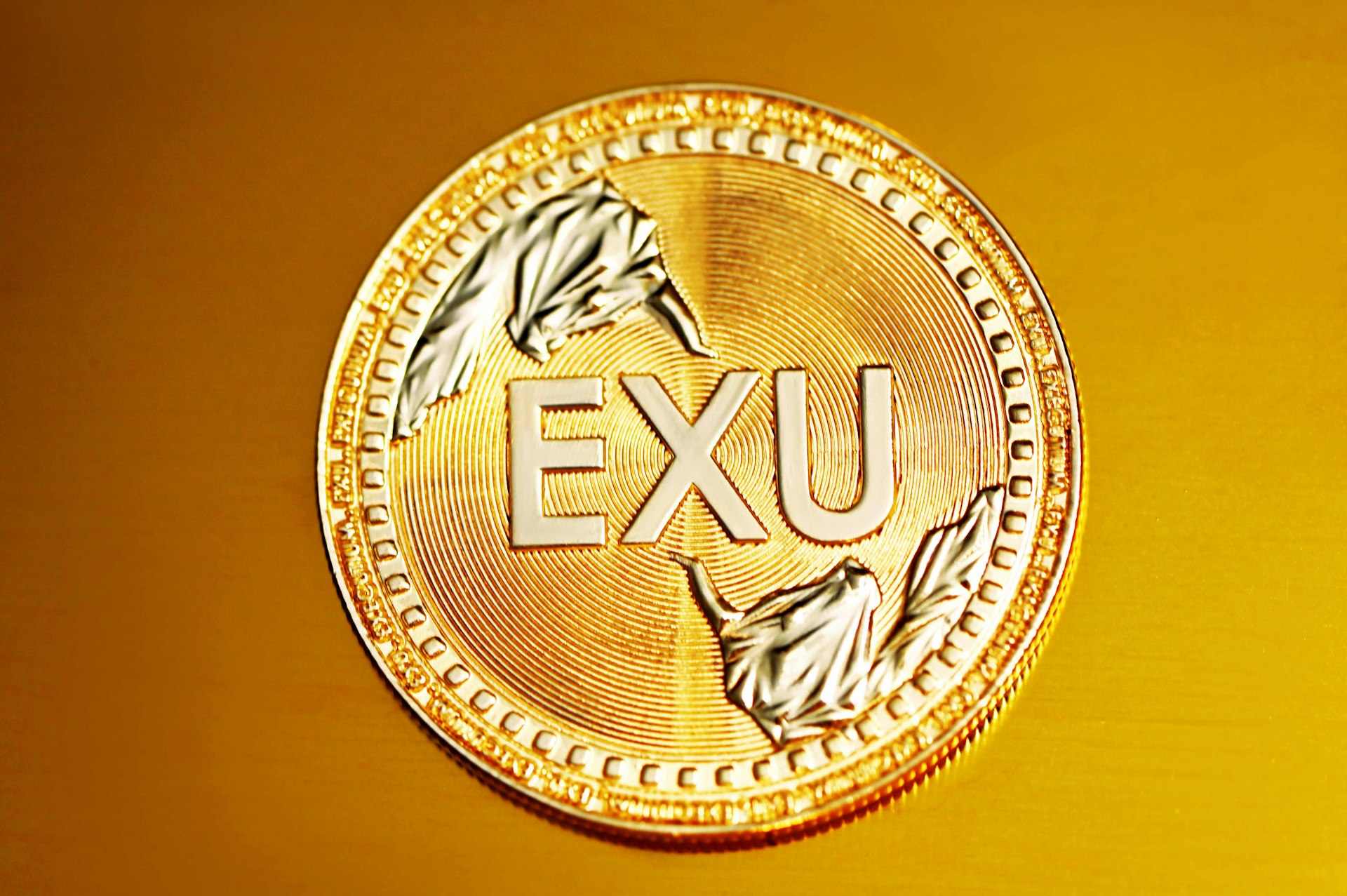Experience Global Real-Time Concerts: The Future of Live Music Streaming

Photo by hosein madadi on Unsplash
Introduction: The Rise of Real-Time Global Concert Streaming
The landscape of live music has changed dramatically in recent years, driven by advancements in technology and the growing demand for global accessibility. Satellite concerts streamed in real time have emerged as a groundbreaking solution, enabling fans worldwide to experience concerts as they happen-no matter their location. This innovation is not only revolutionizing the music industry but also redefining what it means to attend a live event.
The Evolution of Satellite Concert Broadcasting
The concept of broadcasting live concerts globally via satellite dates back to the early 1970s. One of the most iconic moments in this history was Elvis Presley’s “Aloha from Hawaii” concert in 1973, which was the first live satellite concert watched by over 1.5 billion people in more than 40 countries. This pioneering event demonstrated the potential of satellite technology to bring live music to a global audience [2] [3] . At the time, such a feat was revolutionary, as real-time global broadcasts were limited by the technical constraints of the era.
Today, the combination of satellite transmission and digital streaming platforms has made it possible to reach even larger and more diverse audiences. The COVID-19 pandemic accelerated this trend, with artists and venues turning to virtual and satellite-enabled concerts to maintain connections with their fans [3] .
How Real-Time Satellite Concert Streaming Works
Modern satellite streaming services transmit live audio and video feeds directly from the concert venue to a satellite, which then beams the signal to receivers around the world. These feeds can be accessed by viewers on various devices, including smartphones, computers, smart TVs, and dedicated streaming apps [1] . Companies like SD Imaging specialize in providing high-quality satellite live streaming services, offering:
- Global coverage, making events accessible to audiences on every continent
- Professional-grade audio and visual clarity
- Versatile solutions for concerts, festivals, conferences, and private events
- Customizable packages for both large-scale and intimate performances
For example, an artist performing in London can broadcast their concert live to fans in New York, Tokyo, Sydney, and beyond-all in real time. This is achieved through the integration of satellite uplinks at the event site, advanced production equipment, and digital streaming platforms that distribute the feed worldwide.
Key Benefits of Satellite Concert Streaming
1. Global Accessibility: Satellite streaming eliminates geographical barriers, allowing fans everywhere to enjoy live performances without the need for travel. This is especially valuable for international fans or those in remote areas [1] .
2. Real-Time Interaction: Many platforms now offer interactive features, such as live chats, Q&A sessions, and virtual meet-and-greets. This fosters a sense of community and direct engagement between artists and audiences, further enhancing the live experience [4] .
3. Enhanced Production Quality: High-definition audio and video delivered via satellite ensures a premium viewing experience. Professional production teams can manage multi-camera angles, immersive sound, and seamless transitions.
4. Event Versatility: While music concerts are the most popular use case, satellite streaming is also used for sports events, academic conferences, and cultural festivals, demonstrating its broad applicability [1] .

Photo by Kate Gu on Unsplash
How to Access Satellite-Streamed Concerts in Real Time
Accessing these global events is straightforward, though the exact process varies by provider and event. Here are step-by-step instructions and guidance:
- Find Official Providers: Look for reputable platforms offering live concert streaming. For example, On Air is a real, accessible service that streams live concerts through their apps for iPhone, Apple TV, Fire TV, Android, and Android TV [5] . Search for upcoming shows by your favorite artists or explore trending events.
- Create an Account: Most platforms require you to sign up for an account. This typically involves providing your email, creating a password, and sometimes verifying your identity.
- Purchase Access or Tickets: Some concerts are free, while others require purchasing a ticket or pay-per-view access. Prices vary depending on the artist, production value, and exclusivity of the event. For example, On Air offers concerts starting from $15.99 [5] .
- Download the App or Access Online: If the platform offers a dedicated app, download it on your preferred device. Alternatively, you may be able to access the stream through a web browser. Ensure you have a stable internet connection for optimal viewing.
- Join the Live Stream: At the scheduled concert time, log in to your account and navigate to the event page. You can usually join a few minutes early to ensure everything is working properly.
- Engage with Interactive Features: Take advantage of live chat, polls, or other interactive tools if available. These features enhance your experience and allow you to connect with other fans.
Challenges and Solutions in Satellite Concert Streaming
While satellite streaming offers remarkable opportunities, there are potential challenges:
- Bandwidth and Latency: High-quality live streams require substantial bandwidth. Satellite signals can introduce latency, but modern compression and transmission techniques minimize delays to deliver near real-time experiences [1] .
- Technical Accessibility: Not all viewers have equal access to high-speed internet or compatible devices. Organizers may address this by offering multiple streaming resolutions and on-demand replays.
- Licensing and Rights Management: Broadcasting live music globally involves complex licensing agreements. Providers typically work closely with rights holders to ensure compliance and fair compensation for artists.
For those in areas with limited internet access, some providers offer hybrid solutions that combine satellite TV broadcasts with online streaming, increasing accessibility for a wider audience.
Alternative Approaches and Additional Resources
In addition to satellite streaming, artists and venues are leveraging social media platforms (such as TikTok, YouTube Live, and Instagram Live) and emerging technologies like virtual reality to reach global audiences [4] . While these platforms may not use satellite transmission, they offer alternative ways to experience live music and fan interaction.
For those interested in exploring satellite concert streaming further, consider:
- Researching upcoming events on verified streaming platforms
- Contacting event organizers for guidance on virtual attendance
- Reviewing device compatibility and network requirements ahead of time
- Using official artist channels and event pages for accurate information
Conclusion: The Future of Global Concert Experiences
The integration of satellite technology and real-time streaming is redefining the concert experience, making live music accessible to anyone, anywhere. As artists and fans continue to embrace these innovations, expect even more interactive, immersive, and boundary-breaking events in the years ahead. Whether you’re a lifelong music lover or a newcomer to virtual concerts, the world of global real-time streaming offers a front-row seat to the future of live entertainment.
References
- [1] SD Imaging (2025). Satellite Live Streaming Services covering events.
- [2] Vocal Media (2024). Progress and Evolution of Live Streaming Concerts.
- [3] Far Out Magazine (2024). The first musician to have a concert broadcast globally.
- [4] 6Connex (2024). Live Concert Streaming and Virtual Concerts are Transforming Music.
- [5] On Air (2025). Stream Concerts Online | Watch Live Shows at Home.



